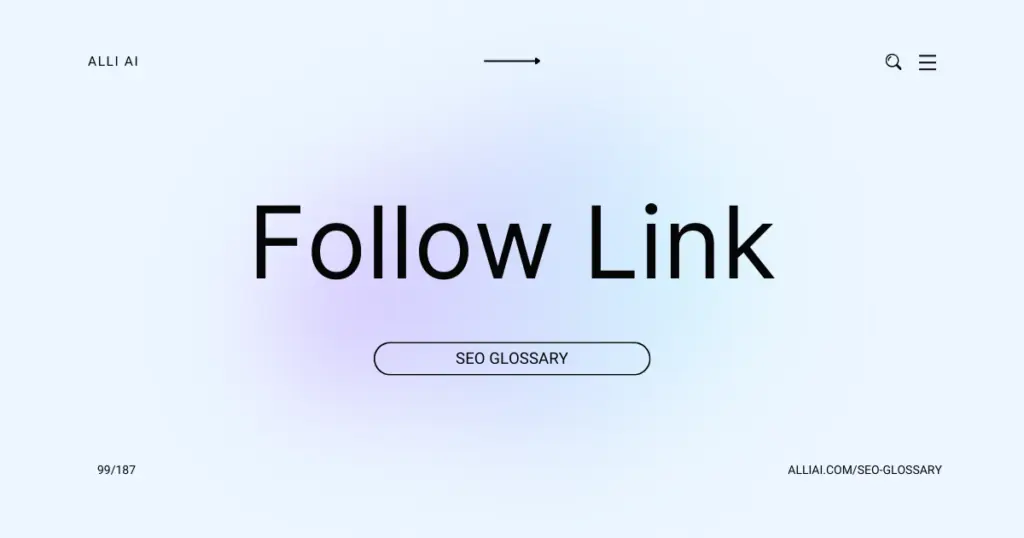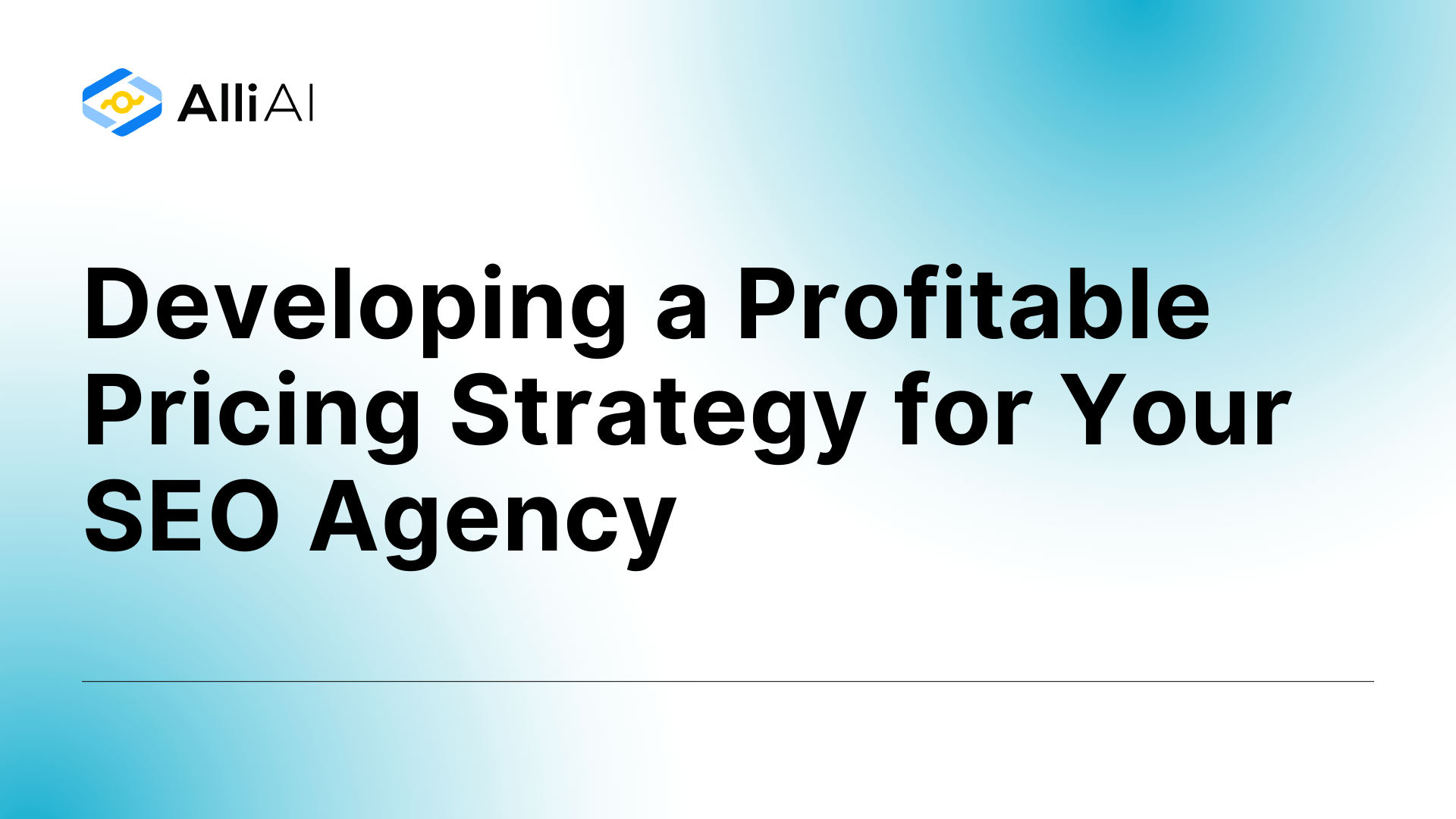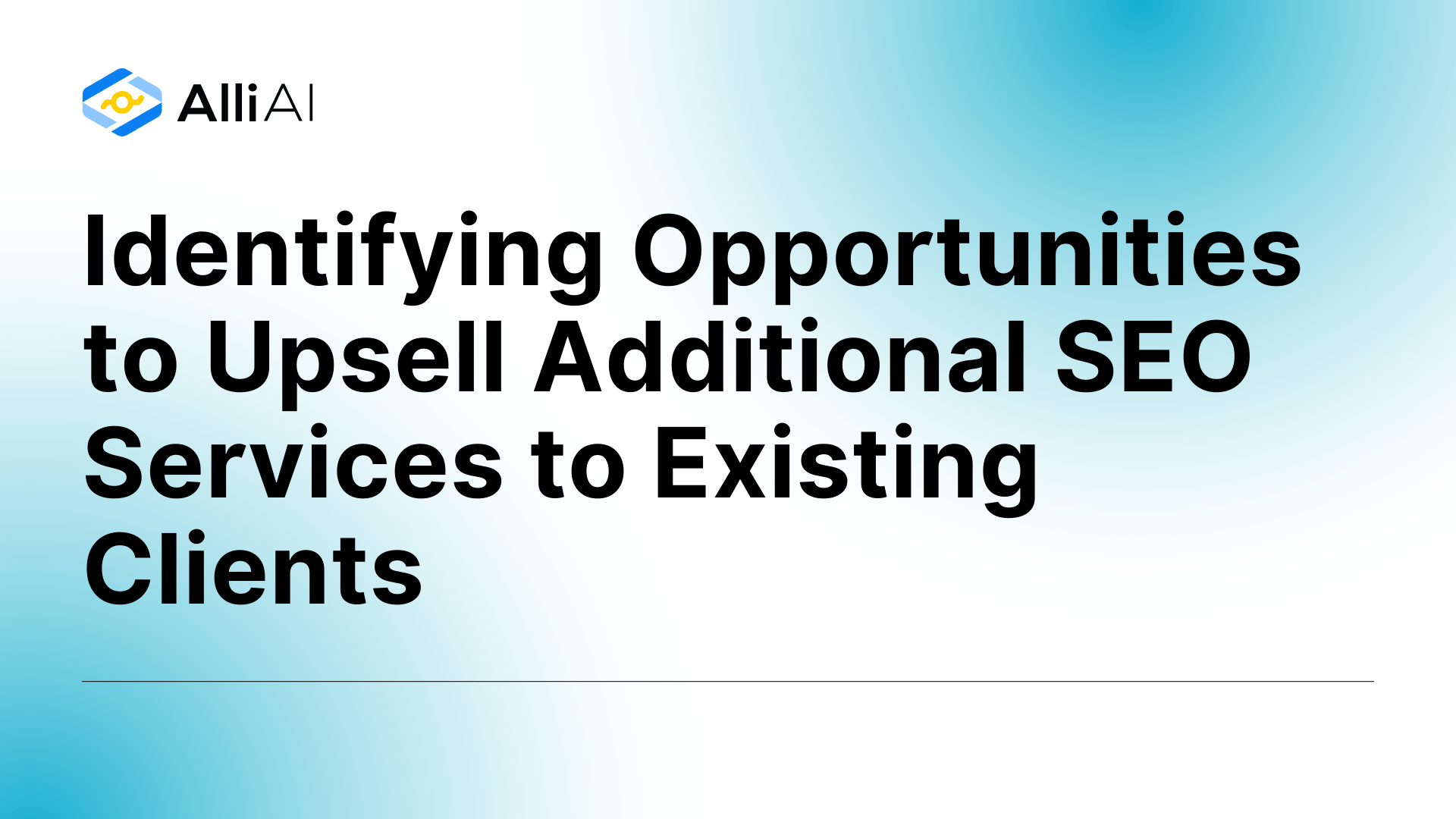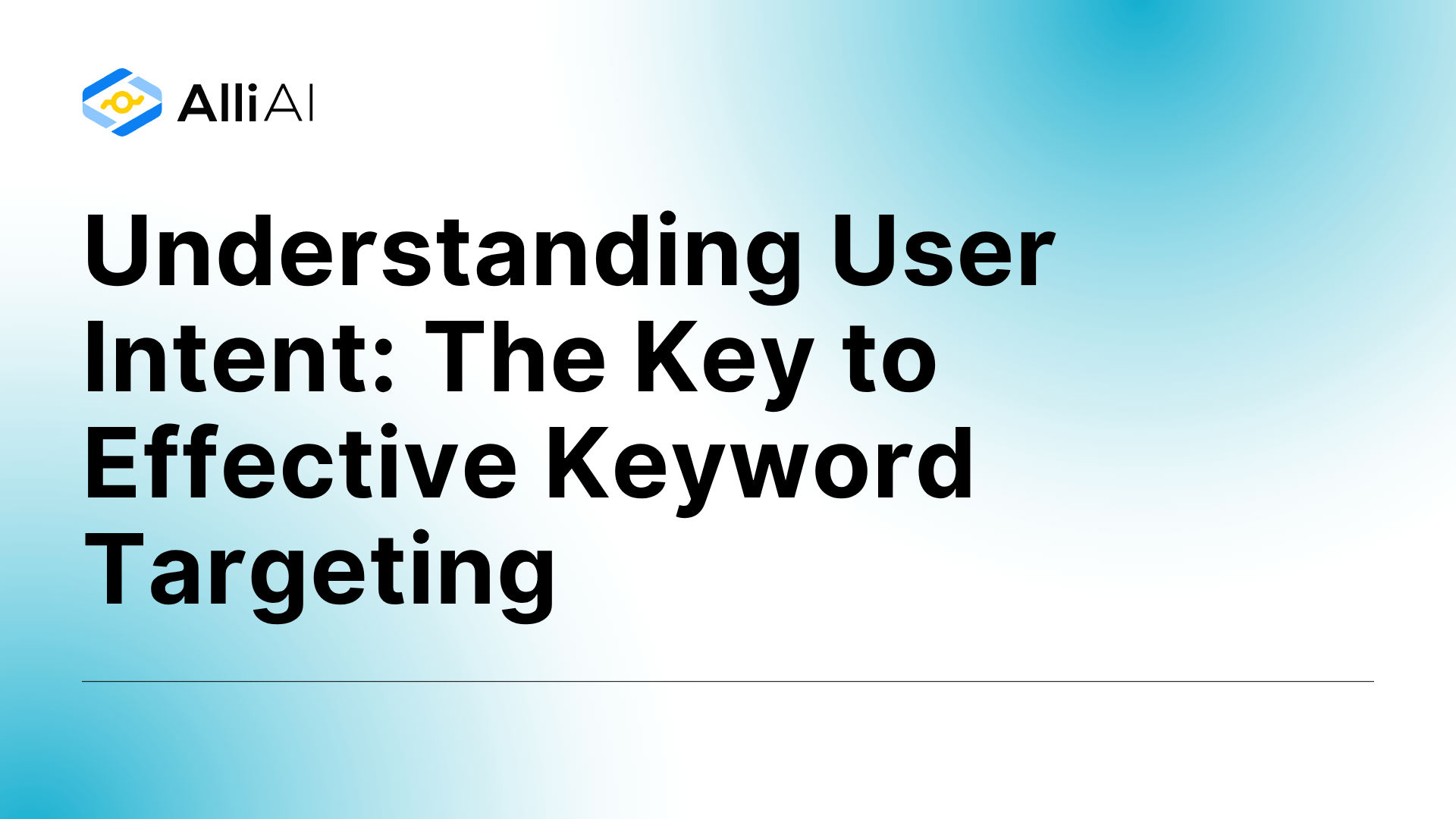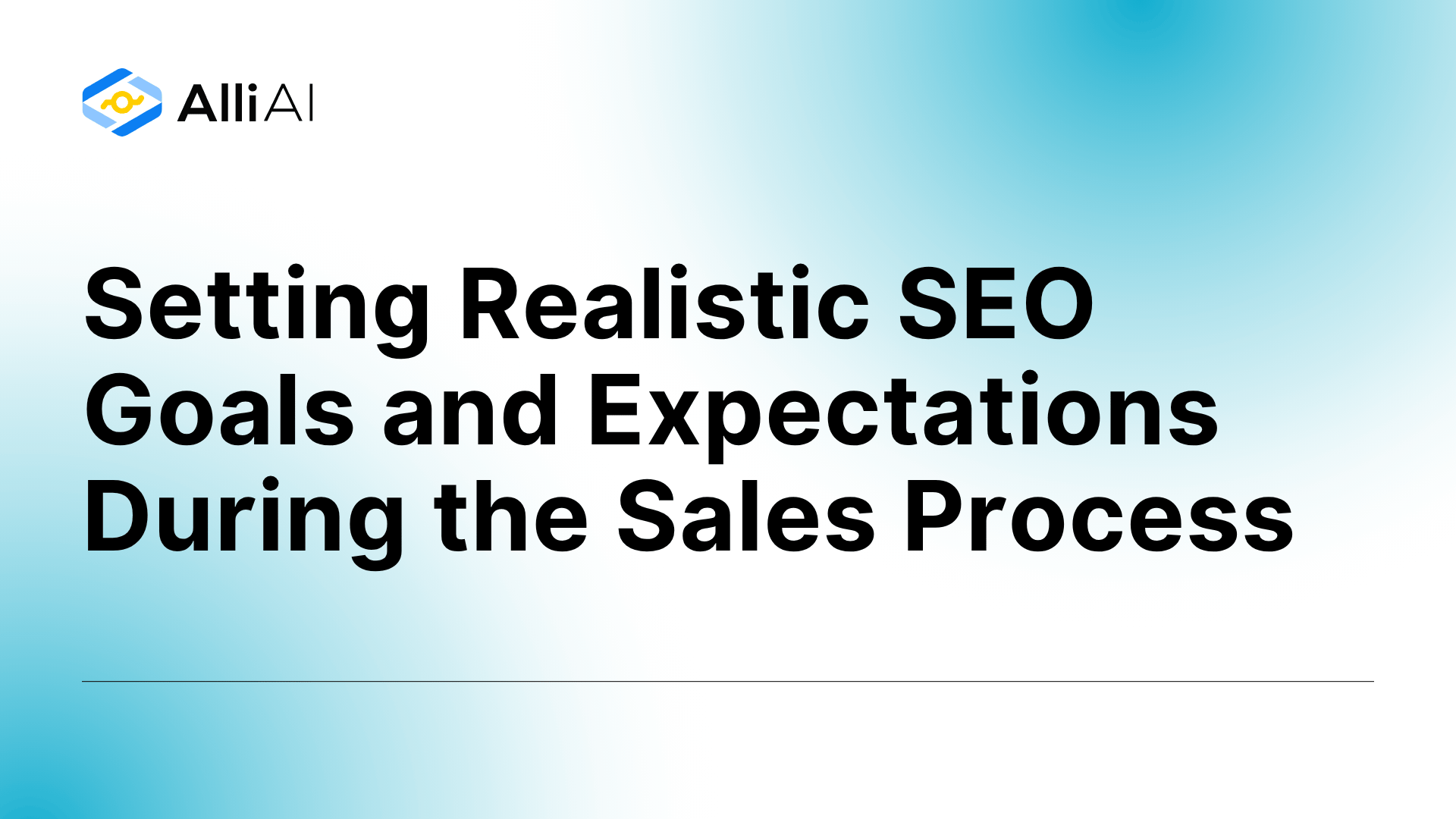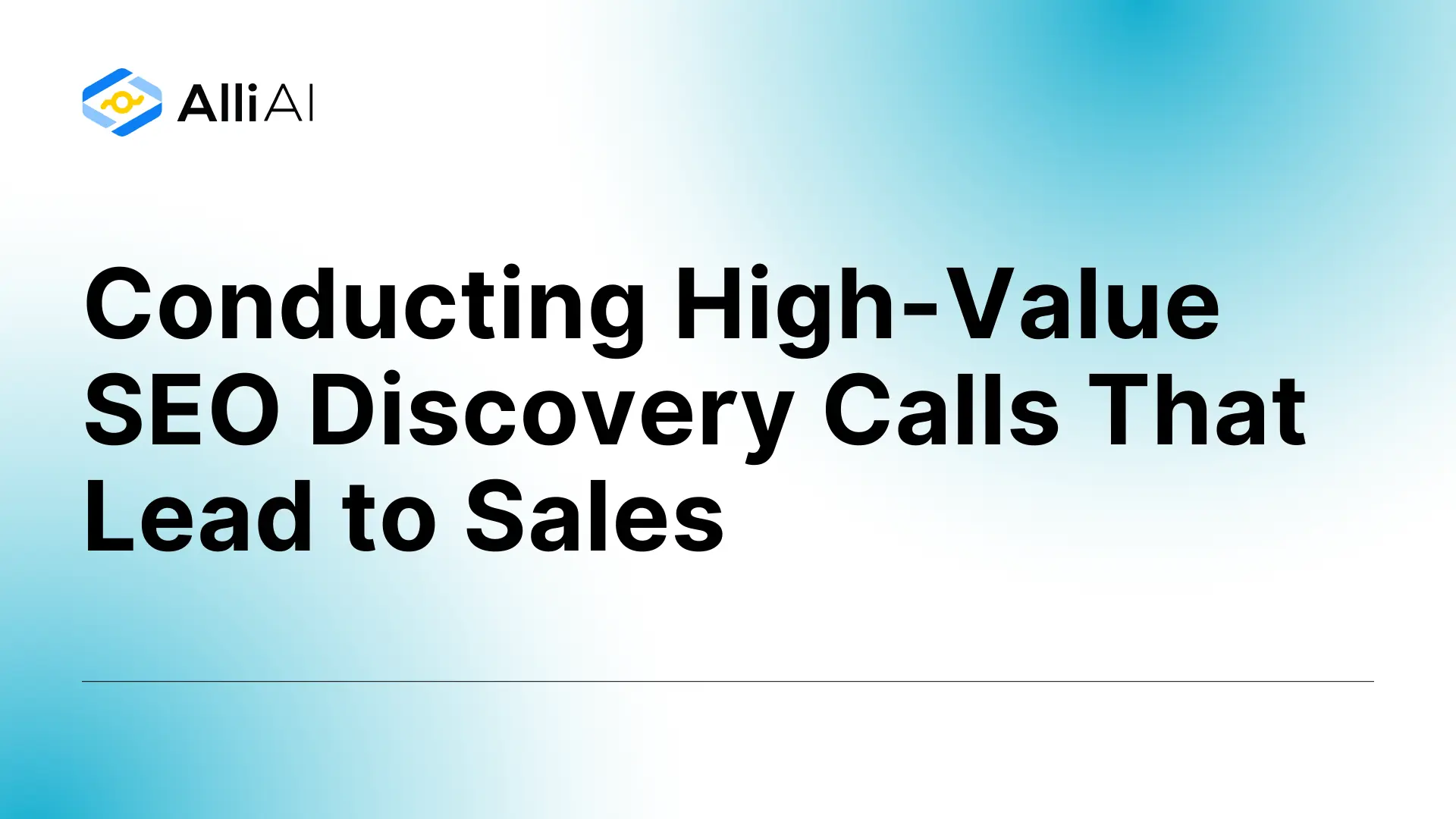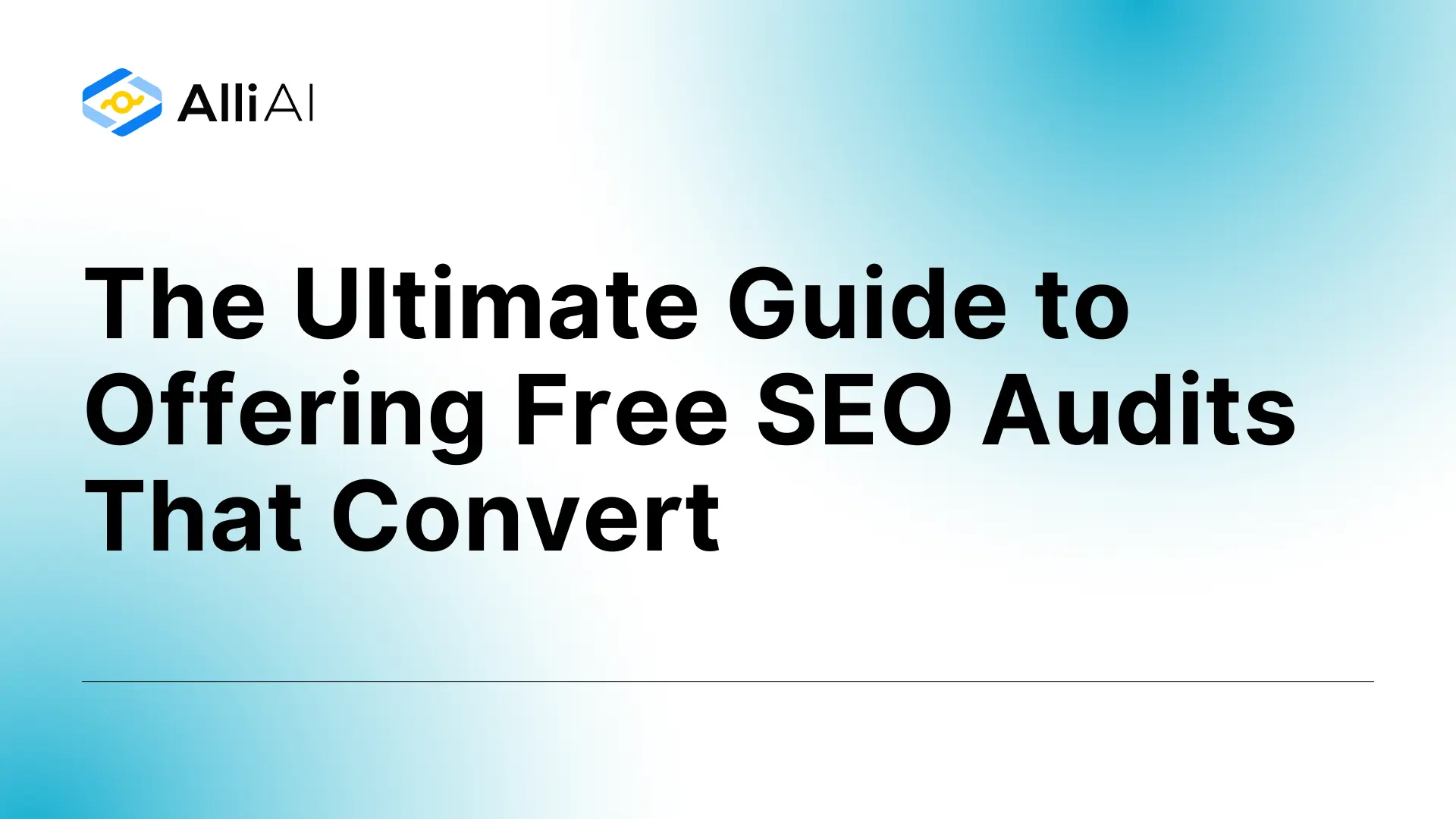What Does Follow Link Mean?
A Follow link, in the context of SEO, is a type of hyperlink that allows search engines to follow through to the targeted website. This kind of link passes on authority or link juice from the originating site to the destination site, potentially helping to improve the destination site’s search engine ranking.
Where Does Follow Link Fit Into The Broader SEO Landscape?
A follow link (also known as a “dofollow” link) is a type of hyperlink that does not contain the “nofollow” attribute. It is beneficial for SEO because it allows search engines to follow the link and pass link equity (also known as “link juice”) from one webpage to another. This link equity can help improve the search engine rankings of the destination page.
Follow links are crucial in building a website’s domain authority, as they signify endorsements from one site to another. Higher domain authority can increase a site’s likelihood of ranking higher in search engine results pages (SERPs). Therefore, acquiring high-quality follow links from reputable websites is a key strategy in SEO campaigns.
Moreover, follow links contribute to the web’s interconnectedness, helping search engines to crawl the web more effectively and discover new content. This not only improves the visibility of linked pages but also enhances the relevancy and quality of search results provided to users.
Real Life Analogies or Metaphors to Explain Follow Link
A follow link is like a vote of confidence, similar to a recommendation letter. Just as a glowing endorsement can make a prospective employer see a candidate in a positive light, a follow link from one website to another passes along credibility, boosting the recipient’s reputation in the eyes of search engines.
How the Follow Link Functions or is Implemented?
1. Anchor Tag Insertion: A follow link is implemented using an HTML anchor (``) tag. The tag is written as `anchor text` where `URL` is the destination URL and `anchor text` describes the link’s destination.
2. Href Attribute: The `href` attribute specifies the URL of the page the link points to. This could be an absolute URL includes the full path or a relative URL, which points to a file within the same domain.
3. Rel Attribute: By default, all links are considered “follow” links unless specified otherwise with a `rel=”nofollow”` attribute. The absence of the `nofollow` attribute allows search engines to follow the link and pass on link equity (ranking power).
4. Link Placement and Context: The placement of a follow link within a website’s content is significant because it impacts user engagement and relevance of the linked content. Proper contextual placement can enhance the user experience and provide SEO value.
5. SEO Impact: Follow links contribute to SEO by positively influencing site authority and ranking. This occurs as search engines crawl these links to discover new content and understand the relationship between various pages.
6. Link Audit and Maintenance: Regular audits are essential to ensure that follow links point to live, relevant, and high-quality websites, avoiding linking to spammy or harmful domains which might damage the SEO effectiveness.
Impact Follow Link has on SEO
Follow links, commonly recognized as “dofollow” links, are hyperlinks that allow search engines like Google to follow them and reach other web pages. These links pass along “link equity” or “link juice,” which are terms used to refer to the SEO value derived from one page to another. This transfer of authority is a significant signal used by search engines to rank websites. Essentially, a follow link from a high-authority site to your site can boost your site’s domain authority, increasing its likelihood to rank higher in search engine results pages (SERPs).
This passing of SEO value does not only positively influence the rankings but also directs referral traffic to your website, potentially enhancing user engagement and conversion rates. Moreover, follow links are a fundamental aspect of the web’s interconnected nature, helping users navigate from page to page, which enhances the overall user experience by providing relevant and additional information at a click’s reach.
SEO Best Practices For Follow Link
1. Identify Target Keywords: Select relevant keywords for the content of the page where the follow link will be placed.
2. Use Anchor Text: Choose descriptive anchor text that includes target keywords for the follow link.
3. Place Link Early: Insert the follow link early in the content to increase its importance and visibility.
4. Relevant Linking: Ensure the destination of the follow link is highly relevant to the source page content.
5. Use Natural Language: Incorporate the follow link naturally within the context of the content.
6. Limit Link Density: Avoid crowding the page with too many links; keep the focus on quality rather than quantity.
7. Optimize Linked Page: Ensure that the page the follow link points to is fully optimized for SEO to boost its effectiveness.
8. Regularly Update Content: Keep the content surrounding the follow link fresh and updated regularly.
9. Monitor Performance: Track the SEO performance of the follow link and adjust strategies as necessary.
10. Obtain Links from Reputable Sources: Aim to get follow links from authoritative and relevant websites to increase credibility and rankings.
Common Mistakes To Avoid
1. Overusing Follow Links: Excessive follow links, particularly if they are not relevant to the content, can appear manipulative to search engines, leading to penalties. Balance follow and nofollow links naturally.
2. Purchasing Links: Buying follow links are explicitly against Google’s Webmaster Guidelines and can result in severe penalties. Avoid purchasing links for SEO purposes.
3. Irrelevant Links: Including follow links that aren’t relevant to the content can hurt a site’s SEO. Always ensure that links are contextually appropriate.
4. Linking to Low-Quality Sites: Follow links to “bad neighborhoods” (sites that are penalized or generally recognized as low quality) can negatively impact your site’s trustworthiness. Regularly audit external links.
5. Ignoring Anchor Text Distribution: Using overly optimized, keyword-rich anchor text repeatedly can trigger spam filters. Use natural, varied anchor text for follow links.
6. Concentrating Link Equity: Excessively channeling follow links to certain pages while neglecting others can lead to unbalanced site architecture. Ensure a natural distribution of link equity.
7. Neglecting Internal Follow Links: Failing to use follow links internally can lead to missed opportunities for directing authority to key pages. Use follow links to improve internal linking and page authority.
8. Failing to Monitor Outbound Links: Not keeping track of where follow links are pointing can lead to broken links or links to undesirable sites over time. Regular monitoring and updating are necessary.
9. Excessive Reciprocal Linking: Engaging in excessive link exchanges can look artificial and may be penalized by search engines. Limit reciprocal links and keep them relevant.
10. Automating Follow Link Placement: Using automated tools to create follow links can result in unnatural link patterns and potential penalties. Place links manually for better control and relevance.
